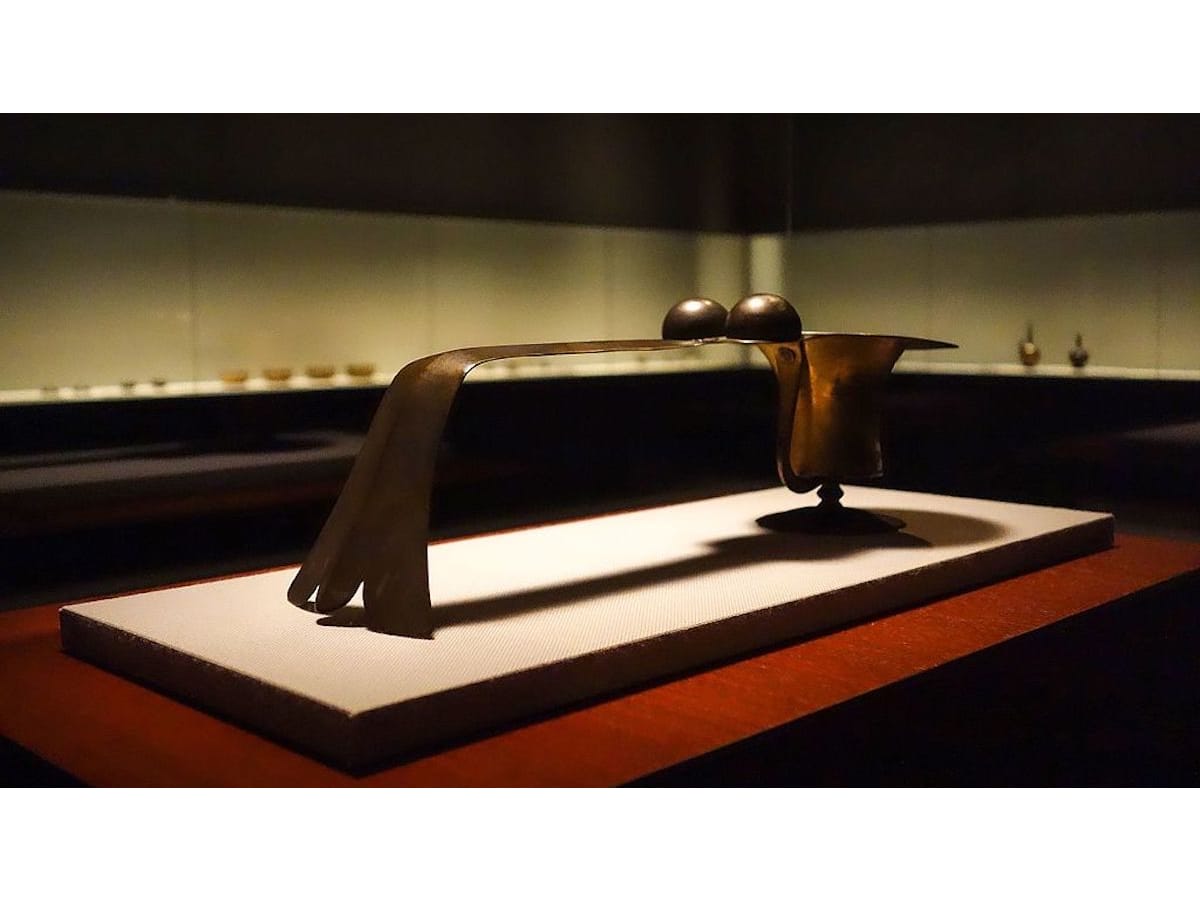
Source: Hōryūji incense burner in the Tokyo National Museum | M-Louis from Osaka, Japan / CC BY-SA 2.0
Kōdō: the Japanese art of incense appreciation
Related Article
-
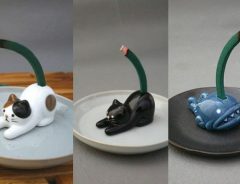
Smell Kawaii With Chibi Mosquito Repellent Incense Cat And Anglerfish Stands From Japan
-
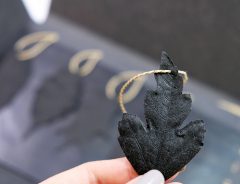
Decorate your Christmas tree with Japanese incense in the form of fallen leaves
-
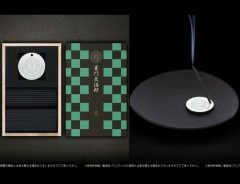
Venerated 445-year old incense maker releases fragrance sets inspired by Demon Slayer characters
-
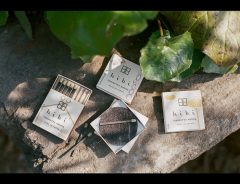
Strike a yuzu scent with new Japanese aroma matchstick-style incense
-

Not just for burning: Innovative Japanese cord incense is great for all kinds of creative projects
-
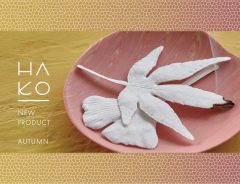
Historic Japanese incense makers’ leaf incense line adds maple, holly & more for fall & winter


Many people are aware of two of Japan’s most refined artistic traditions: the tea ceremony (chadō or sadō 茶道) and flower arranging (kadō 花道). But there is a third tradition, little known even among Japanese people: the way of incense (kōdō 香道).
Like the tea ceremony, the art of appreciating incense involves following established ways of preparing and enjoying incense. There are special tools for burning and appreciating incense, the best examples of which are valued as high art. There are also incense-comparing games like kumikō 組香 and genjikō 源氏香.
Edo period incense burner in the form of a man. | Daderot / Public domain
According to The Chronicles of Japan (Nihon Shoki), the second oldest book of classical Japanese history, incense first came to Japan when a log of agarwood drifted ashore on Awaji, an island between Osaka and Shikoku, in the 6th century.
The log was presented to Prince Shōtoku, Japan’s semi-legendary first great lawmaker. The prince knew of agarwood from Buddhism, which had only recently been introduced to Japan. He had some incense prepared from the resinous log and was captivated by its wonderful fragrance.
The custom of burning incense blossomed among the court nobility during the Heian period (794-1185). Nobles would make and blend their own incense and burn it to infuse the smell into their clothing. Fragrances became part of their self-expression.
In the Tale of Genji, which was written in the 11th century, incense is an indispensable element for portraying each character and scene. The name of one character, Kaoru 薫, means ‘aroma’, and the name of another, Niō-no-miya 匂宮, means ‘prince of fragrance.’
Heian era nobles perfumed their robes, fans, and letters, and wrote poems about the rapturous flights of imagination induced by the precious scented wood. The best logs of agarwood were so cherished that they would be handed down from one generation to the next.
In the late Muromachi period (16th century), guiding principles for the enjoyment of incense were drawn up, along with those for flower arranging and the tea ceremony. The Emperor even employed a master craftsman dedicated to making and teaching people how to appreciate fine incense.
Incense only started to be made on an industrial scale—which allowed people from all walks of life to enjoy it—in the Edo period. Everyday incense (mainichi-kō 毎日香), the type most commonly used today, was developed in the early 20th century.
A wide variety of scents is used in Japanese incense, such as cinnamon bark, clove, lavender, patchouli, rhubarb, and star anise. But the two most common components are agarwood, which is imported from Vietnam, and sandalwood, which comes from India.
Just as table wine and fine wine are worlds apart, so a run-of-the-mill joss stick doesn’t bear comparison with the finest incense. The most coveted component is agarwood (alternatively known as aloeswood, eaglewood or gharuwood). The aromatic resin of the agar tree is divided into six categories. The highest grade is called kyara 伽羅 and is so rare that it is worth several times its weight in gold.
What is more, even kyara is graded and if a piece comes with a history, it is even more valuable. The most prized kyara is called ranjatai 蘭奢待, and dates back to at least the 10th century. Ranjyatai is so precious that it is effectively priceless, kept under lock and key in the great Shōsō-in treasury of imperial artifacts in Nara.
Japanese emperors have been cutting wood to make incense from this log of ranjatai for 1000 years. | Shōsōin / Public domain
Incense burning remains an important part of Buddhist ritual to this day, and you’re likely to catch the scent of incense whenever you pass a temple. Japan’s three biggest incense making companies – Nippon Kōdō, Shoyeido, and Baiendō – have each been in business for more than 300 years and 70% of Japan’s incense is still made on Awaji island. The high cost and incredible scarcity of kyara have all but killed off the most refined echelons of the ‘way of incense.’ Nonetheless, incense appreciation is still alive and well in Japan today.